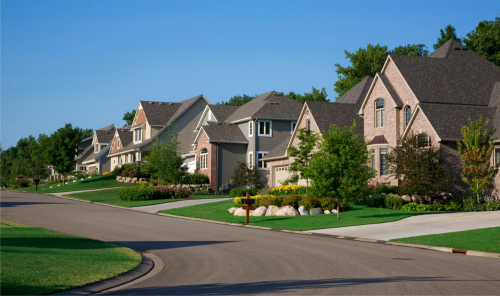“Plan for what is difficult while it is easy; do what is great while it is small.” – Sun Tzu, The Art of War.
– Sun Tzu, The Art of War.
Do you feel the end is nigh? Do you fear an imminent cyberattack or nuclear holocaust is on the horizon? Or are you simply concerned about hurricanes, tornadoes, and that pesky zombie peering through your window? If this sounds like you, you might be interested in joining the League of Paranoid Doomsday Prepper Conspiracy Nuts lurking about in your community. Humorous connotations aside, prepping is as old as time. Yet, modern conveniences like grocery stores and mass-produced goods have nullified the once-common practice.
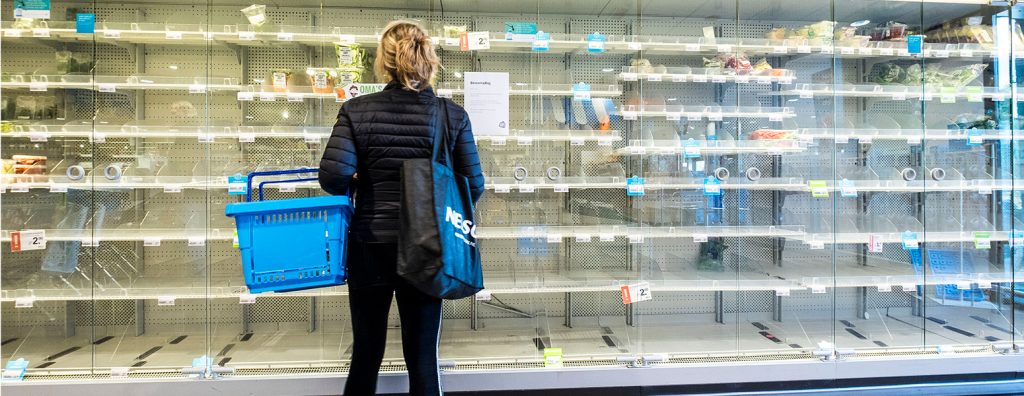
It became abundantly clear with the pandemic of 2020 that emergency preparedness was a widely underrated concept. In a matter of days, store shelves emptied, hoarding toiletries took precedence over more logical choices, and families struggled even to replenish basic needs. However, it did reignite interest in prepping.
Contrary to popular belief, prepping is not necessarily retreating to a fortified bunker and hiding behind an arsenal of weapons and supplies, nor does it have to be complicated, time-consuming, or expensive. It is being proactive by identifying and meeting your family’s unique circumstances and requirements before an adverse event occurs.
There are two distinct camps within the prepping community: long-term and short-term prepping. Long-term prepping typically focuses on building sustainable communities and surviving for years in a post-apocalyptic world. On the other hand, short-term prepping is more adapted for emergencies such as natural disasters, economic downturns, and loss of utilities. Either way, water, food, shelter, and security are critical for survival. Yet most households have an average of three days of food and water.
While a full-fledged emergency response plan is beyond the scope of most people, investing in basic preparations can go a long way toward protecting you and your loved ones. Beyond first-aid kits, batteries, and weather radios, consider expanding on what you already have and use regularly. Remember, you are planning for an emergency first and will eventually grow your inventory toward a grid-down scenario.
You can begin by building a 72-hour emergency kit with enough food, water, medical essentials, and clothing wares to meet the needs of your household and gradually increase your supplies to last 2-3 weeks.
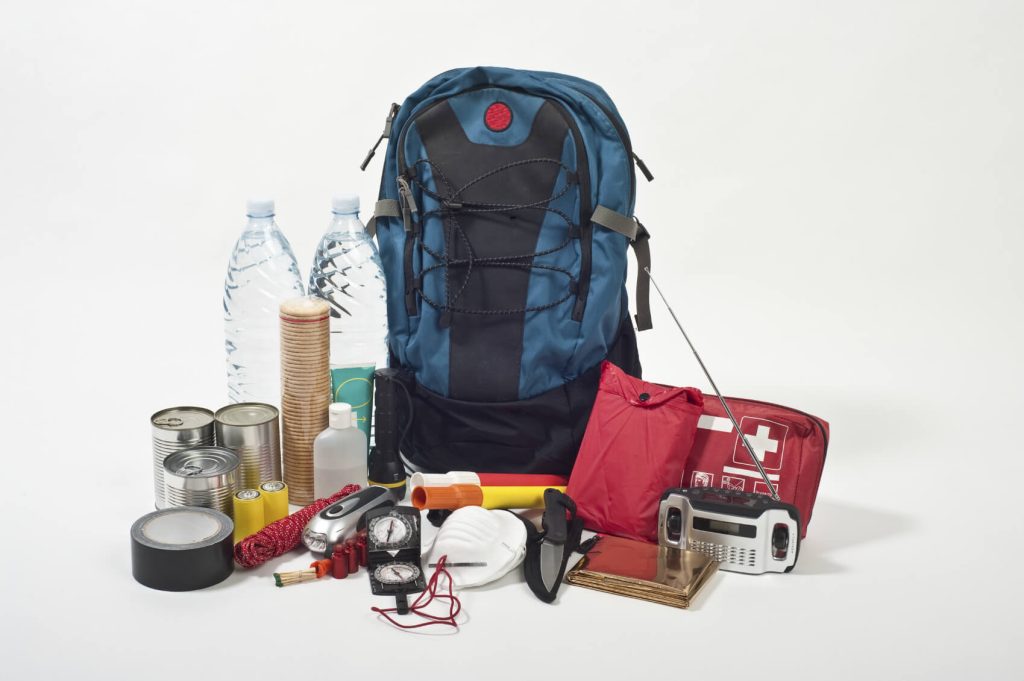
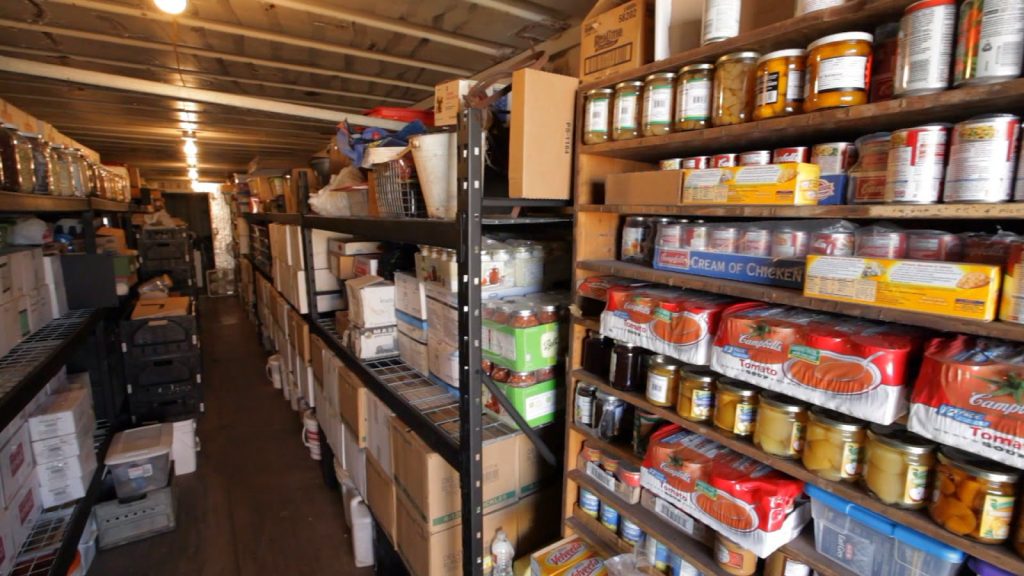
The next step is dedicating space where rodents or the elements do not compromise your supplies. You must also maintain your inventory by logging surplus with expiration dates and rotating stock as it increases.
Stay organized by implementing a 4-box philosophy to help guide every survival decision.
1. Sustainment (Food/Water).
2. Security (protection from people/animals)
3. Shelter (protection from the environment)
4. Medical (physical health, disease, injury, etc.)
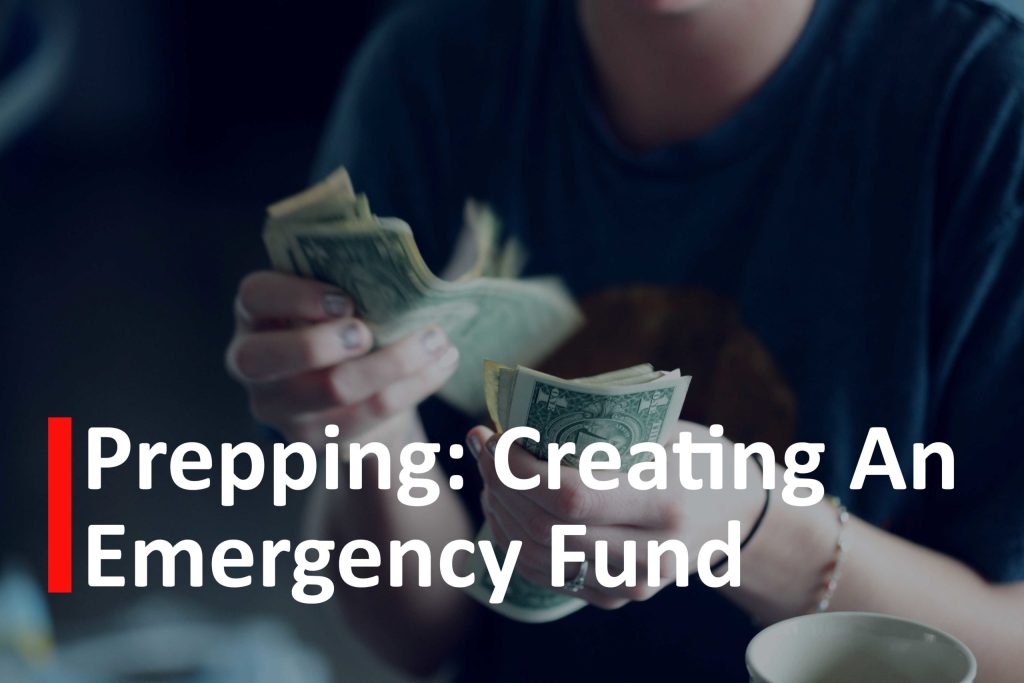
Allocating funds specifically for your preps will ensure meeting your priorities without breaking the bank. Once you have set your budget, plan your inventory. Make it a point to purchase products you generally consume. Nothing is worse than sitting on two-hundred cans of SPAM if no one eats it. Also, be consistent. Perpetually adding to your stock over time will increase your survivability exponentially. The goal is to reach a level of sustainment for each member for a minimum of twelve weeks. Dietary requirements will vary primarily based on age, gender, and medical necessity.
Prepackaged emergency food buckets can be costly, but the advantages can outweigh the expense. 25-30 year storage life, minimal storage requirements, ease of preparation, and precisely portioned servings make these an obvious choice; however, if canned goods or other small items are all you can afford, buy in bulk whenever possible. Memberships to big box stores like Costco and Sam’s Club are beneficial to reduce the price per unit.
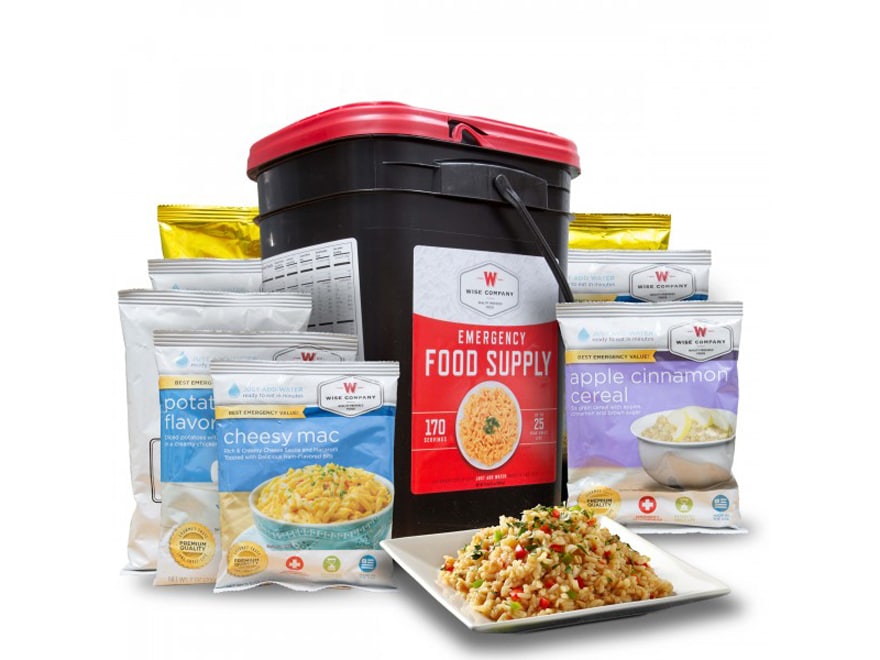
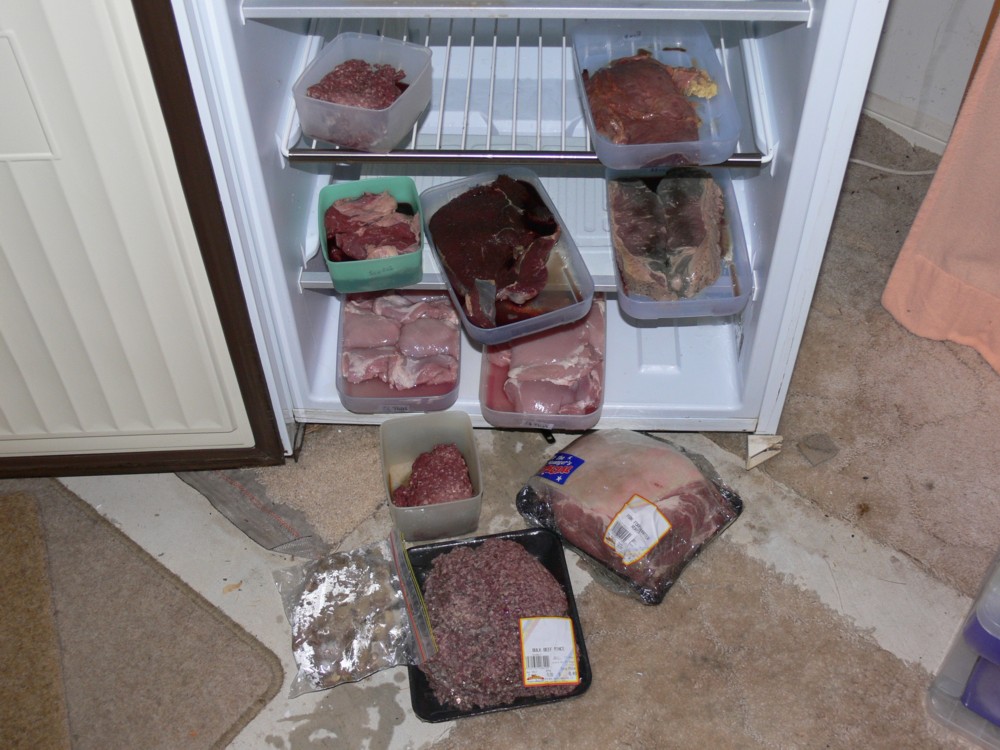
Loss of power will mean the contents of your refrigerator and freezer will spoil unless you have a generator for short-term preservation. Also, you will need alternative methods of heating or cooking your food. Consider items that are shelf-stable and easily consumed from their packaging.
MREs (Meals Ready to Eat)
Dehydrated food pouches
Chicken, Tuna (pouches or cans)
Energy bars, Trail mix
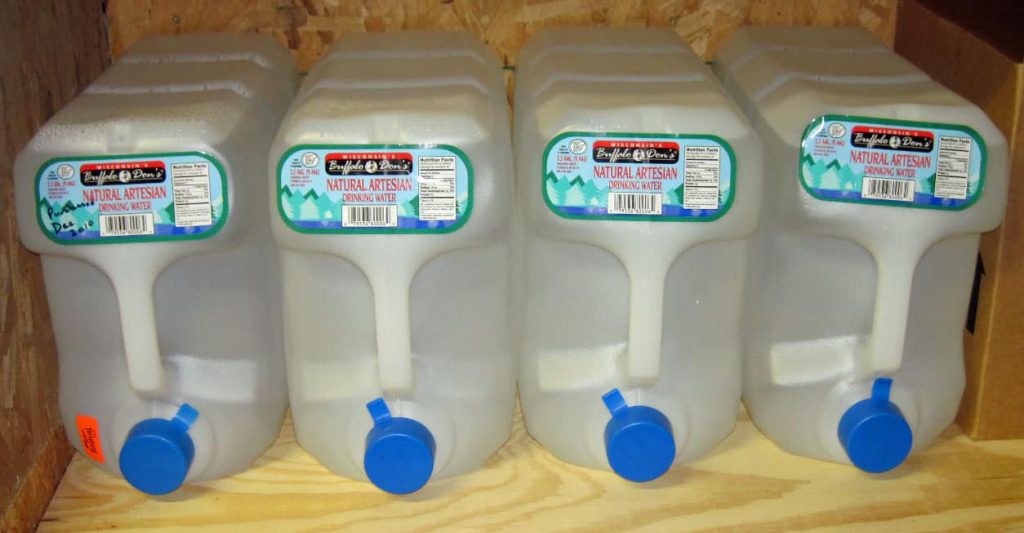
Storing several cases or jugs of water will offset dependence on your city’s water supply should it become contaminated. If you cannot find clean water, you’ll need to purify it yourself, as drinking contaminated water can lead to severe illness or even death. Boiling water for at least three to five minutes will kill most disease-causing bacteria and viruses. You can also use purification tablets.
In short and long-term scenarios, putting a warm meal in your belly is a HUGE for morale so you will need alternative cooking methods. Store canisters of propane for camping stoves, charcoal, and wood in the event electric and gas stoves are inoperable.
Vacuum-sealing dry goods in Mylar bags or canning in glass for long-term prepping. Portioned beans, rice, and seasonings are a filling staple that can serve many when added with protein.
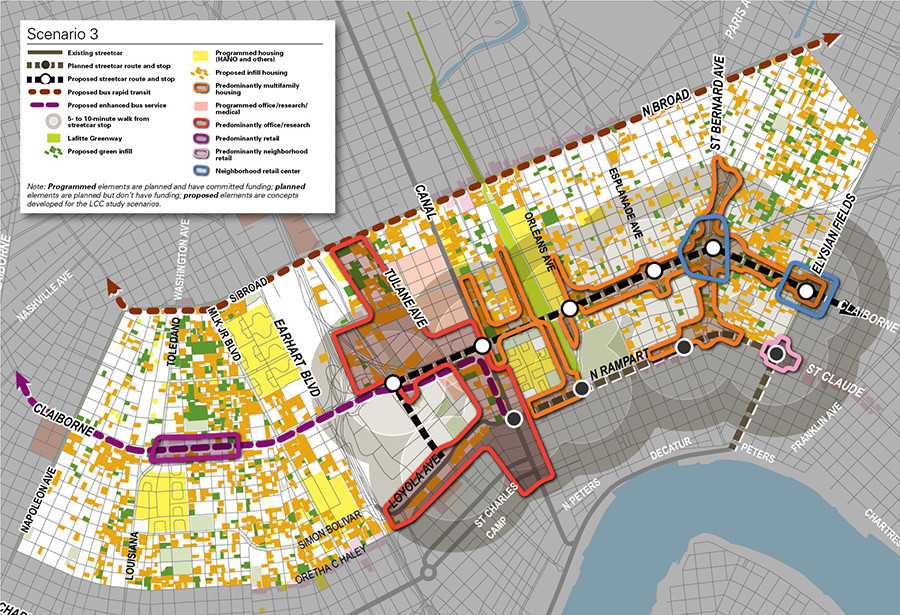
Further Considerations:
Evaluate the potential risks in your area, such as flooding, high-trafficked areas, and alternate, less traveled routes.
A plan for dealing with strangers in a grid-down situation is also essential. For example, you should be aware of the local laws and have a plan for avoiding or dealing with confrontations. It would be best if you also had a plan for coping with looters and other criminals.
Establish a network of contacts, learn critical survival skills, and create a bug-out plan.
Stay Safe and Stay Prepared.
We are Oscar Mike
References:
Tzu, S. (2010). The art of war [PDF]. Capstone Publishing.
